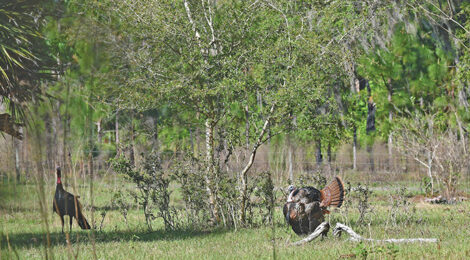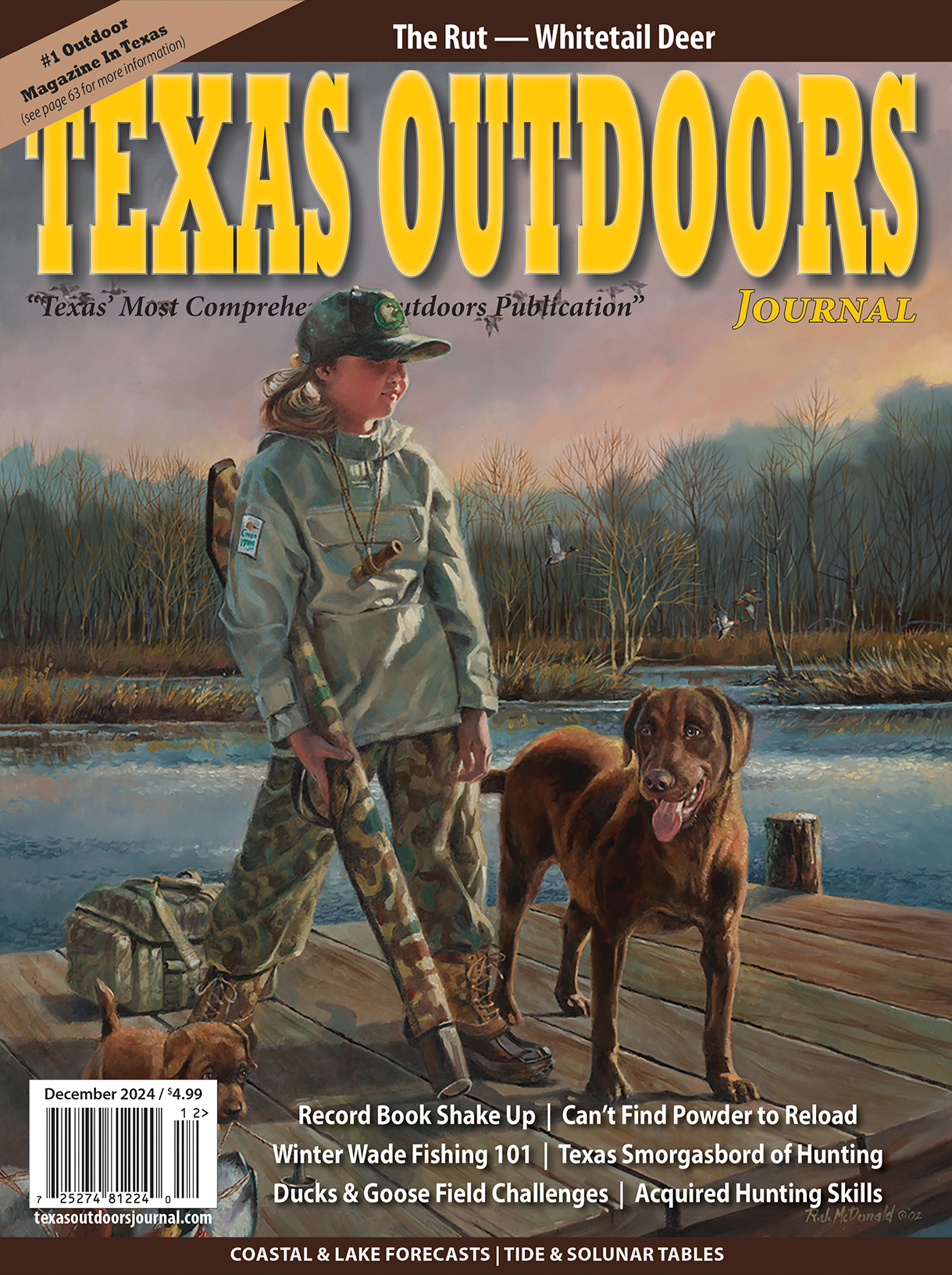
In Pursuit of An Osceola Gobbler
Anticipation built for over 30 years as long-time hunting buddies sought one of the most difficult subspecies of wild turkey to hunt.
Story and photography by Bob Zaiglin
As the sun filtered through the moss-laden oak trees, I along with my longtime hunting companion David Shashy, fully clad in camo, were nestled up against two large oak trees, listening to several gobblers ratching up their early morning repertoire before descending their roost. The magnitude of their gobbles fortified the fact that they were close—real close.
David let the long beards know we were in the vicinity by emitting a series of soft yelps from his mouth call, which were immediately answered by loud, raspy gobbles of mature toms. As I awaited what would happen next with great anticipation, I relaxed with my shotgun laid across my legs, simply absorbing the magnificent sunrise as it gilded the tall oak trees and palmettos.
I was no longer in Texas, but in Southern Florida in pursuit of my first Osceola turkey, a subspecies of Eastern wild turkey, and one of the most difficult subspecies of wild turkey in the United States to hunt. Its name is derived uniquely from Chief Osceola of the Seminole Indian nation and the only band of Native Americans who never surrendered to the U.S. government.
Much darker in color than the eastern species, Osceola’s have longer legs and weigh less than their eastern cousins. The major difference between the two species is the fact that Osceola’s appear much darker with indistinguishable white curvy bands on their wings, whereas on eastern birds they’re solid white.
************************************************************************
To read more, click here to SUBSCRIBE








